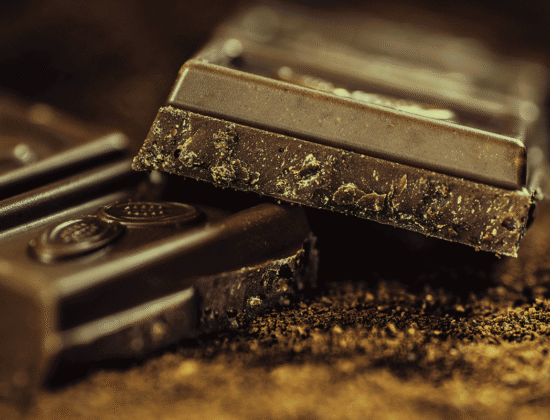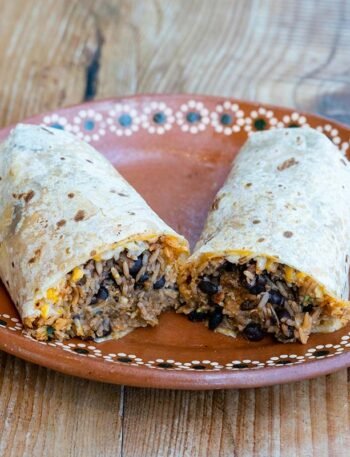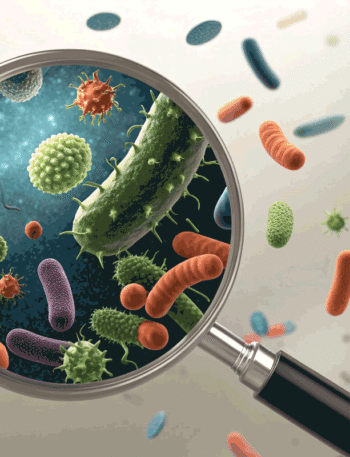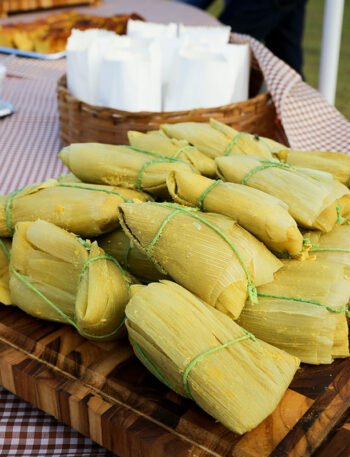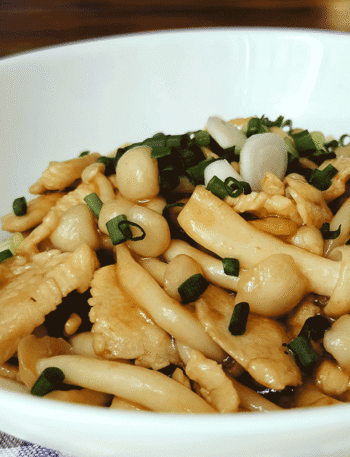Chocolate is one of the most beloved ingredients in the world. It is found in desserts, drinks, sauces, and even main dishes. While many people associate chocolate with sweetness, it also plays a significant role in savory cooking in cultures around the world. To fully appreciate chocolate, it’s essential to understand its origins, the manufacturing process, and the various ways it’s utilized.
Ancient Beginnings in Mesoamerica
Chocolate’s history dates back more than 3,500 years to Mesoamerica, a region encompassing parts of modern-day Mexico, Guatemala, and Central America. The Olmecs were likely the first people to use cacao. They discovered that the seeds inside the cacao pod could be fermented, dried, and ground into a paste to make a bitter drink. Later, the Maya and Aztec civilizations expanded the role of cacao in their cultures. The Maya used it in celebrations and rituals, while the Aztecs used it as both a drink and a form of currency. One cacao bean could buy a tamale. One hundred beans could buy a turkey.
For these early cultures, chocolate was not sweet. It was mixed with water, chili peppers, and spices to create a rich, flavorful drink. This tradition of using chocolate in savory ways continues today in dishes like mole.
Chocolate Travels to Europe
When Spanish explorers arrived in the Americas in the 1500s, they encountered cacao and brought it back to Europe. Initially, the bitter flavor did not appeal to European palates. Over time, however, sugar, cinnamon, and other spices were added. Chocolate drinks gained popularity among the wealthy. By the 1600s, chocolate was served in royal courts and elite cafes across Europe.
It was still consumed mainly as a drink and remained expensive and difficult to produce. That changed in the 1800s with new inventions that allowed chocolate to be made in solid form and in larger quantities.
The Birth of Modern Chocolate
In 1828, a Dutch chemist invented a press that extracted cocoa butter from cacao beans, making it easier to produce cocoa powder. A British company created the first solid chocolate bar in 1847. A few decades later, Swiss chocolate makers developed milk chocolate by adding condensed milk.
These changes made chocolate more affordable and accessible. Companies like Cadbury, Nestlé, and Hershey started selling chocolate directly to the general public. Soon, chocolate was no longer a luxury for the wealthy but a popular treat for everyone.
How Chocolate Is Made
Chocolate begins with the cacao tree, which grows in tropical climates. The tree produces large pods filled with cacao beans. Making chocolate is a long process that includes
Harvesting
Cacao pods are cut from the trees and opened to remove the beans.
Fermentation
The beans are placed in shallow containers and left to ferment for several days. This step helps develop the chocolate’s flavor.
Drying
After fermentation, the beans are dried in the sun.
Roasting
Dried beans are roasted to enhance their flavor. Roasting times and temperatures vary depending on the desired result.
Winnowing
The outer shells are removed, leaving the cacao nibs.
Grinding
Nibs are ground into a paste called chocolate liquor. Despite the name, it contains no alcohol.
Mixing
Chocolate liquor is combined with sugar, milk powder, cocoa butter, or vanilla, depending on the type of chocolate being made.
Conching and Tempering
Conching involves mixing and heating the chocolate to make it smooth. Tempering cools and reheats the chocolate to give it a glossy finish and crisp texture.
Molding
The final chocolate is poured into molds and cooled to form bars or other shapes.
Sweet and Savory Uses of Chocolate
Most people think of chocolate as sweet. It is used in candy bars, cookies, brownies, hot cocoa, cakes, and ice cream. However, chocolate also has a long tradition in savory cooking.
In Mexico, one of the most famous examples is mole, a rich sauce that blends chiles, spices, nuts, and sometimes a small amount of dark In Mexico, one of the most famous examples is mole, a rich sauce that combines chiles, spices, nuts, and sometimes a small amount of dark chocolate. There are many types of moles, and some do not include chocolate at all. Others use just a hint to balance the flavors with richness and depth, rather than sweetness. Chocolate.
Another surprising example is Cincinnati chili, a dish created by Greek immigrants in Ohio. The chili contains ground meat, cinnamon, a small amount of chocolate, and several other ingredients, including mace and cloves. The chocolate adds a warm, subtle richness that makes the dish unique. Cincinnati chili is commonly served over spaghetti and topped with cheese, beans, or onions.
In some modern recipes, chefs also add unsweetened cocoa powder or dark chocolate to barbecue sauces, stews, and braised meats. It enhances umami and gives dishes a deep, complex flavor.
Types of Chocolate
Chocolate comes in many forms. The main categories are:
Dark chocolate
Contains a high percentage of cocoa solids with little or no milk. It has a rich, sometimes bitter flavor.
Milk chocolate
Includes cocoa solids, sugar, and milk powder. It is creamier and sweeter than dark chocolate.
White chocolate
Made from cocoa butter, sugar, and milk solids but contains no cocoa solids. It is sweet and mild.
Other forms include cocoa powder, chocolate chips, chocolate spreads, and drinking chocolate. Some chocolates include added ingredients like nuts, caramel, fruit, or sea salt. Others are flavored with chili, mint, or coffee.
Chocolate and the Environment
Most cacao is grown in West Africa, especially in Côte d’Ivoire and Ghana, as well as in parts of Latin America and Southeast Asia. Many cacao farmers earn low wages and work in difficult conditions.
To promote better practices, some chocolate companies use fair trade or sustainably sourced cacao. These programs aim to enhance farmer income, protect forests, and reduce child labor. Labels like “Fair Trade Certified” or “Rainforest Alliance Certified” can help consumers select chocolate that supports ethical farming.
Health and Nutrition
Chocolate contains helpful nutrients such as iron, magnesium, and antioxidants. Dark chocolate, in particular, has been linked to possible health benefits like lower blood pressure and improved brain function. However, most chocolate also contains sugar and fat, so it should be enjoyed in moderation.
Milk and white chocolates usually have less cocoa and more sugar. For a healthier option, look for chocolate with a higher percentage of cacao, such as 70 percent or more.
Chocolate Around the World
Chocolate has become a global product with local traditions. In Switzerland and Belgium, it is crafted with great care and attention to detail. In Japan, chocolate is sold in seasonal flavors like matcha or yuzu. In the United States, chocolate is a staple of desserts and is especially popular during holidays like Valentine’s Day, Easter, Halloween, and Christmas.
In Latin America, chocolate is still used in both sweet beverages and savory sauces. Some traditional hot chocolate recipes include spices and are whisked until frothy with a wooden tool called a molinillo. In Guatemala and southern Mexico, chocolate is also sold in solid discs for melting into drinks or sauces.
Final Thoughts
Chocolate has a long and fascinating history that spans thousands of years. It began as a sacred drink in ancient Mesoamerica and evolved into the global treat we enjoy today. While most people know chocolate in its sweet forms, it also has an important role in savory cooking around the world.
Whether you are baking brownies, simmering a pot of mole, or stirring chocolate into a rich stew, you are taking part in a tradition that connects food, culture, and history. And knowing where chocolate comes from and how it is produced can help you enjoy it in a more thoughtful way.
If you choose chocolate that supports farmers and the planet, your next bite will taste even better.

